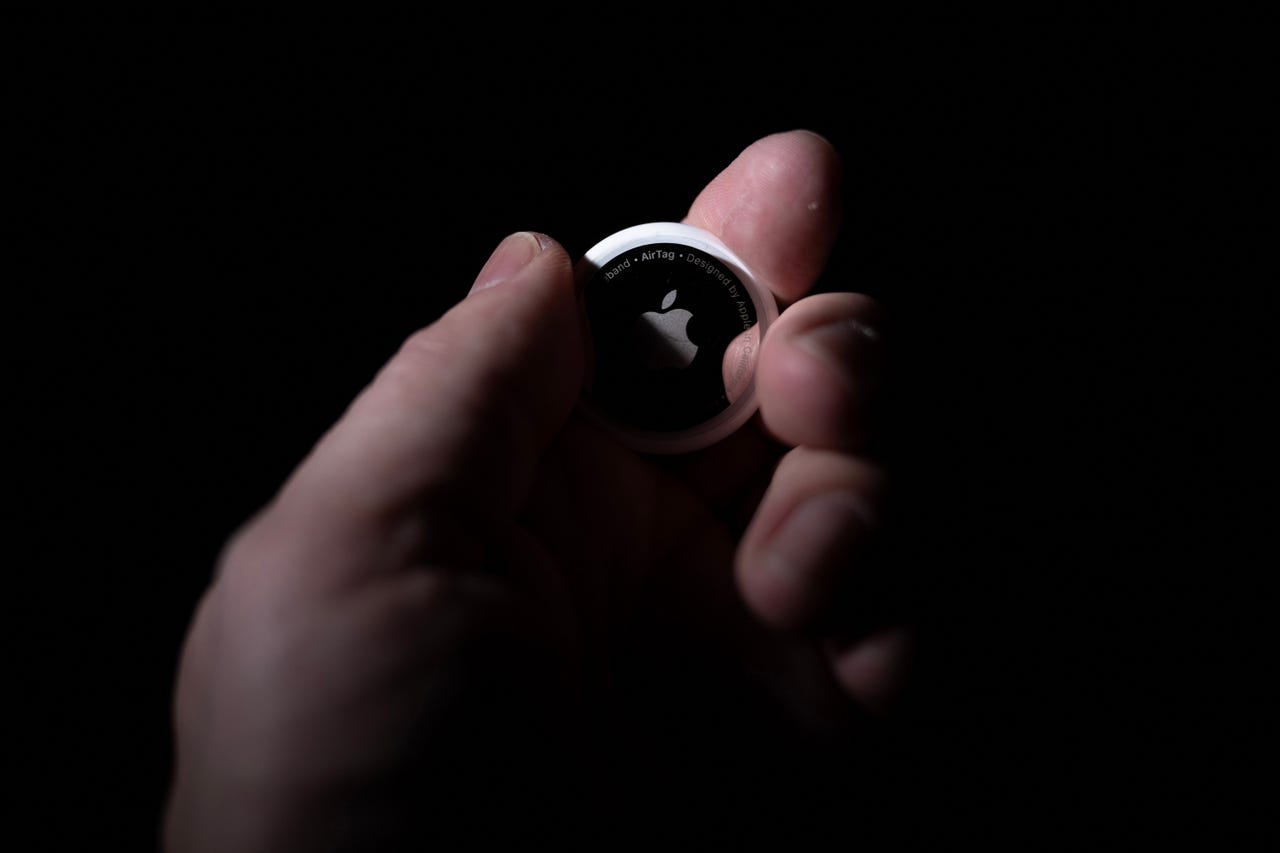Are you being tracked? What new privacy features from Apple and Google can (and can’t) tell you

Earlier this month, Apple and Google rolled out enhanced privacy features that monitor Bluetooth-enabled tracking devices to iOS and Android users. These features will alert users if someone else’s AirTag, Find My Device network-compatible tracker tag, or other industry specification-compatible Bluetooth tracker is moving with them.
Also: The best AirTag accessories you can buy
But the system is opaque, consisting of a few alerts that the user is shown when something potentially out of the ordinary is detected.
So how does your smartphone know that a Bluetooth tracker is monitoring your location? Will this system generate a blizzard of false-positive alerts caused by other people’s trackers in your vicinity? Let’s break down everything you need to know.
The features rolled out this month are available on iPhones running iOS 17.5 and Android devices running version 6.0 and above, and apply to all Bluetooth trackers, regardless of the platform the device is paired with.
iPhones running iOS 14.5 or later already have the ability to detect unknown AirTags.
Also: Google unveils new Android 15 security updates: What you need to know
For now, Apple AirTags are detectable natively on iPhone and Android, but Google and Apple confirmed that other Bluetooth tag manufacturers, including Chipolo, eufy, Jio, Motorola, and Pebblebee, have committed that future tags will be compatible with this detection protocol.
The privacy features work by identifying whether a foreign tag is in near-owner mode (connected to its owner’s smartphone) or separated mode (not connected to its owner’s smartphone). They also factor in how long the tracker remains in proximity to another person’s device.
Under normal circumstances, it can take up to 24 hours for the features to generate an unknown tracker notification.
If you don’t have a smartphone to receive unknown tracker notifications, Apple AirTags are also programmed to emit a specific sound when they are traveling with you and not their owner (you can hear an example in this video).
However, it is important to know that it is possible for someone to disable the AirTag’s speaker so it cannot make sounds.
Also: Apple quietly promoted an excellent iPhone feature I never knew existed
Yes, and most are easily explained. For example, someone lent you some luggage or keys and accidentally forgot to remove their tracker tag.
Note that other Apple Bluetooth devices that use the company’s Find My network, like wireless headphones, can also trigger these alerts.
Yes — AirGuard is one option, and it’s available for both iPhone and Android platforms.
They can be anywhere you can hide something the size of a quarter, but common locations include purses or handbags, clothing (pockets or in the lining), inside or underneath vehicles, and behind license plates.
Users will be given the option to make the tracker play a sound in order to find it (note that the tracker’s speaker might have been disabled in order to make it harder to locate).
You’ll also receive a limited amount of information on the tracker’s owner, along with instructions on how to disable the tracker (which usually involves removing the battery). Note that the owner information might be fake, but do take screenshots of the information if you feel you might want to involve law enforcement.
Before you disable a tracker, consider the following:
- If you disable a tracker, the owner will be alerted and will likely conclude that you found it.
- If you have any concerns about your safety, contact law enforcement or the National Domestic Violence Hotline. If you’re not in the US, a global list of domestic violence hotlines can be found here.
Users will be given the option to make the tracker play a sound in order to find it (note that the tracker’s speaker might have been disabled in order to make it harder to locate).
You’ll also receive a limited amount of information on the tracker’s owner, along with instructions on how to disable the tracker (which usually involves removing the battery). Note that the owner information might be fake, but do take screenshots of the information if you feel you might want to involve law enforcement.
Before you disable a tracker, consider the following:
- If you disable a tracker, the owner will be alerted and will likely conclude that you found it.
- If you have any concerns about your safety, contact law enforcement or the National Domestic Violence Hotline. If you’re not in the US, a global list of domestic violence hotlines can be found here.
READ MORE HERE
